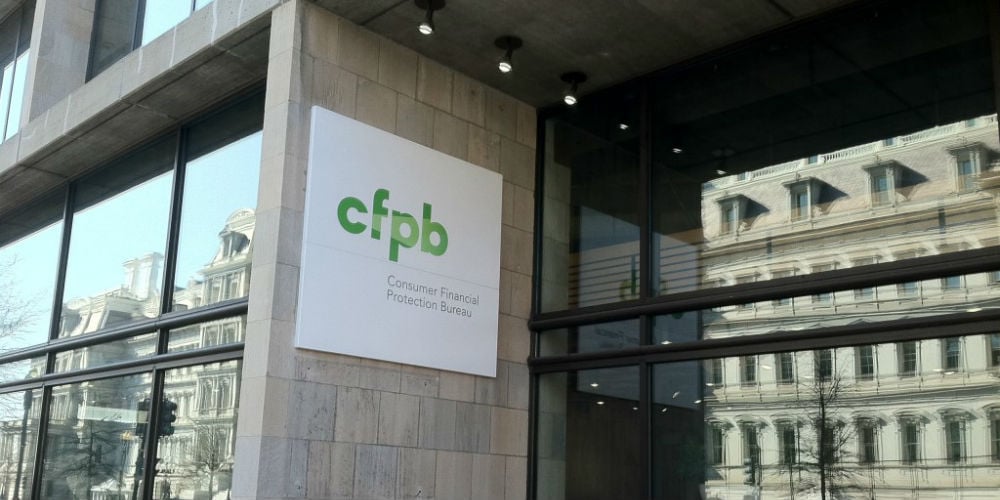CFPB releases supervisory highlights junk fees special edition

The Consumer Financial Protection Bureau (CFPB or bureau) released a special edition supervisory highlights (highlights) edition about junk fees. With the CFPB acknowledging junk fees as a supervisory priority, junk fees are already in the front of everyone’s mind. NAFCU’s Regulatory Compliance team has fielded questions in the past about CFPB’s push to crack down on junk fees. Hopefully, this special edition supervisory highlights will elucidate what is considered a junk fee in the eyes of the CFPB. The highlights address the following issues: deposits, auto servicing, mortgage servicing, payday and small-dollar lending, and student loan servicing. NAFCU’s Regulatory Compliance team wrote an earlier compliance blog on additional CFPB guidance on junk fees this past fall.
Deposits: Overdraft Fees and Nonsufficient Fees (NSFs)
One issue discussed in the highlights were overdraft fees. In one example, the CFPB’s supervision found issue with financial institutions for charging overdraft fees that were authorized when a positive balance existed, but due to a delay in the transaction processing the account balance turned negative. This resulted in insufficient balances at the time of settlement. The CFPB indicated this may occur due to things such as other settled transactions or intervening authorizations occurring ahead of the transaction that caused the charged fee. During its oversight, the CFPB also wrote how institutions were using a consumer’s available balance or ledger balance to make charging decisions. Examiners also found that institutions that attempted to eliminate overdraft fees failed to eliminate these fees and charged consumers overdraft fees. Examiners believe a lack of compliance controls failed to stop institutions from assessing a fee.
The bureau’s examiners also looked at nonsufficient funds (NSFs). Under the bureau’s supervision, examiners looked for NSFs that occur “…when a consumer pays for a transaction with a check or an automated clearing house (ACH) transfer and the transaction is presented for payment, but there is not a sufficient balance in the consumer’s account to cover the transaction.” Once the transaction is declined, “the consumer’s account-holding institution [would] return the transaction to the payee’s depository institution due to non-sufficient funds.” The bureau indicated this may result in additional NSFs when the consumer “…present[s] the same transaction to the consumer’s account-holding institution for payment.” This cycle may repeat itself, as the CFPB notes. NAFCU has heard that NCUA examiners are monitoring credit unions to determine whether the practice of charging NSFs more than once if the transaction is presented more than once is fully disclosed to the member.
continue reading »




